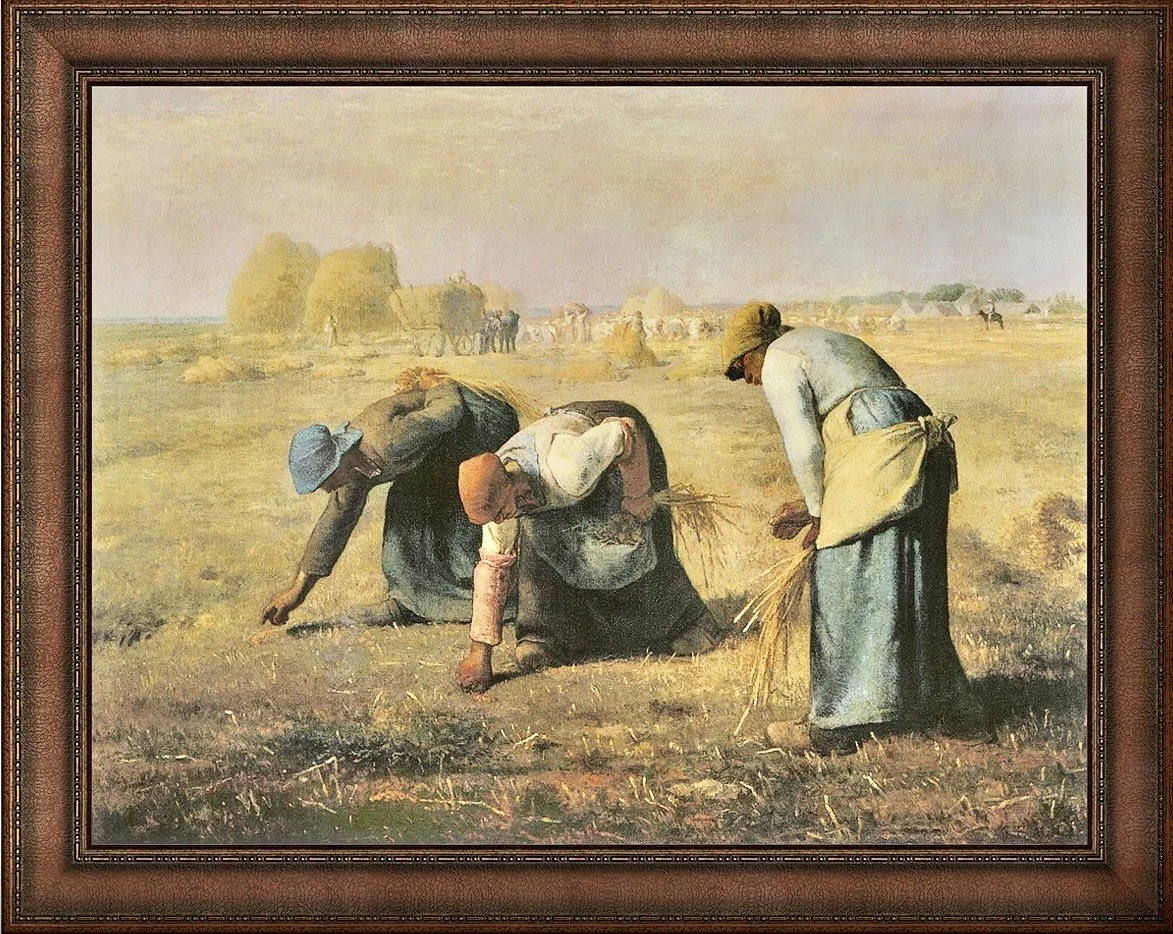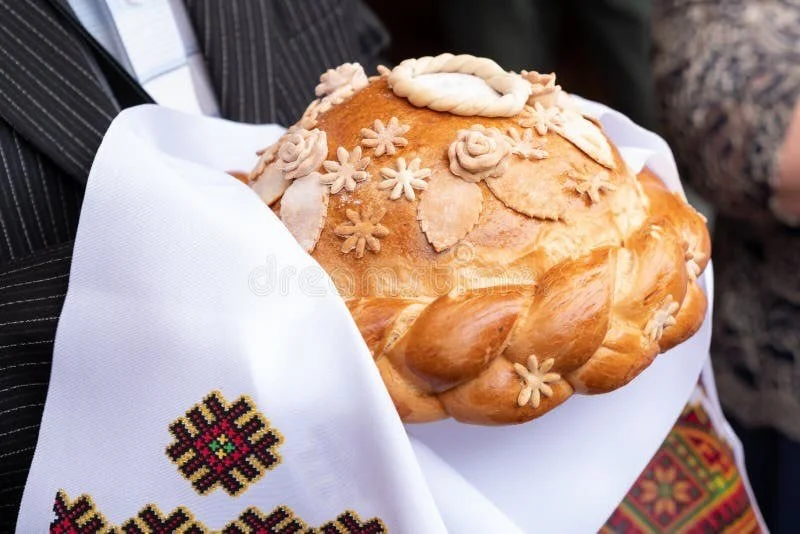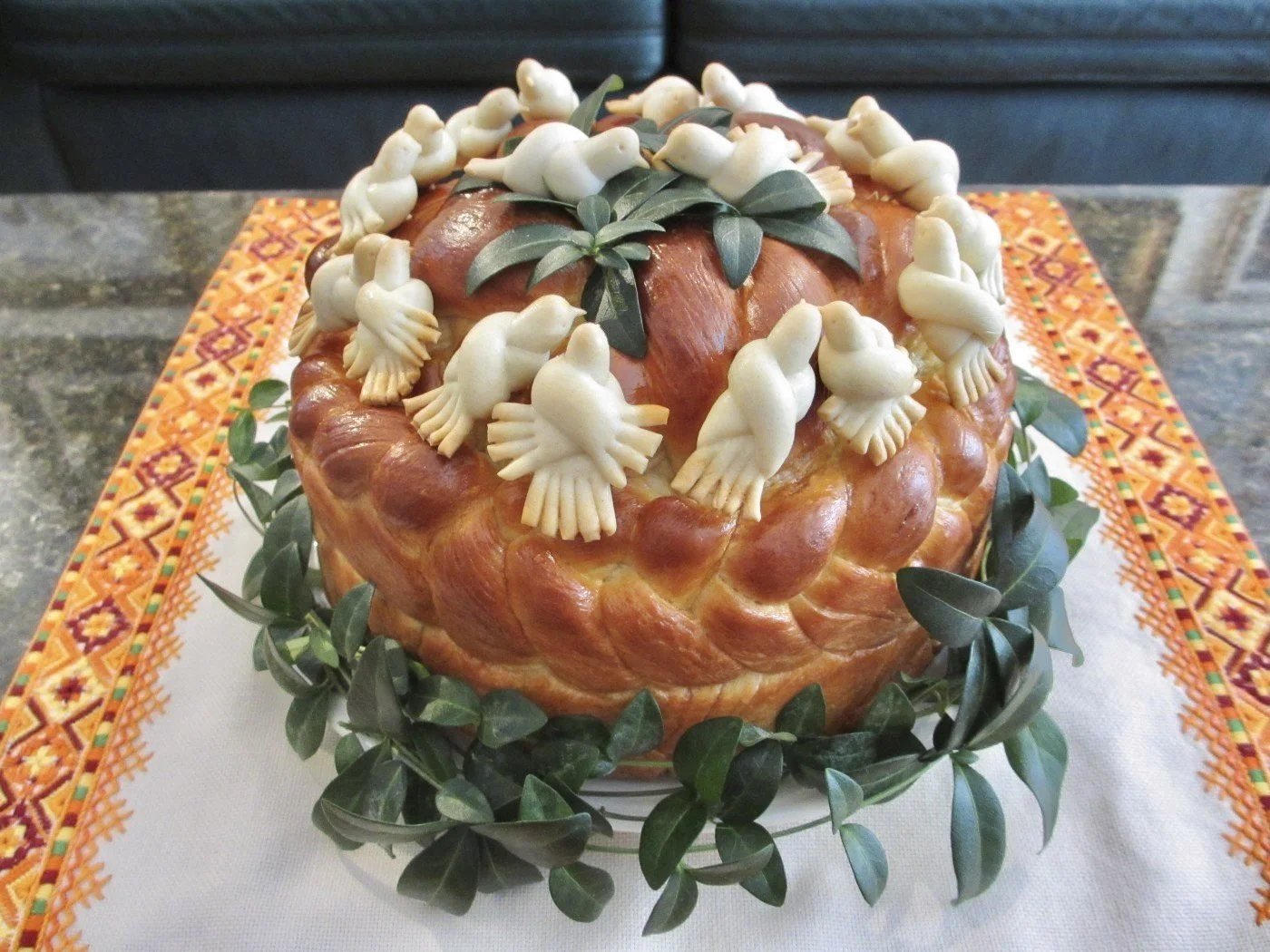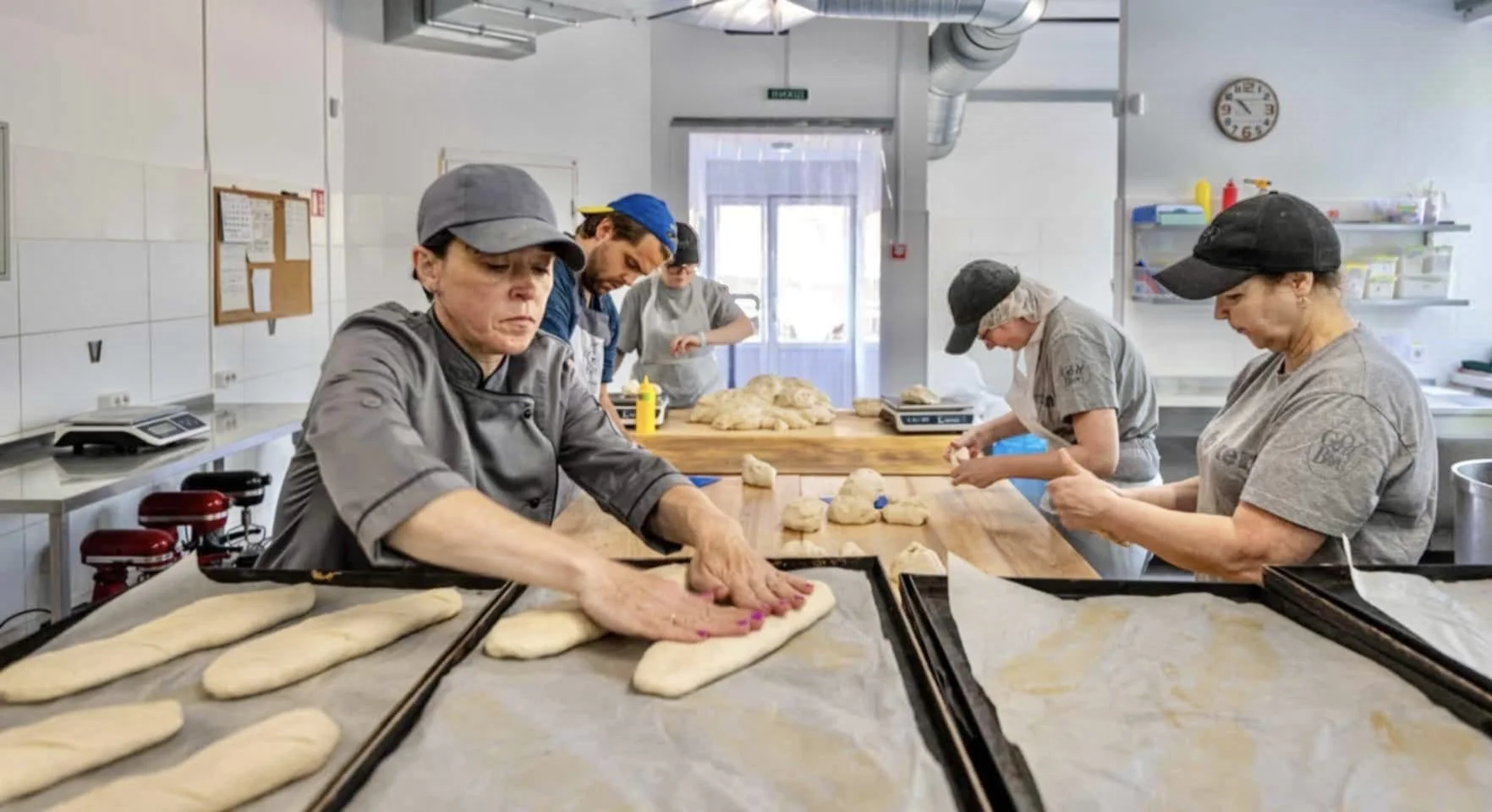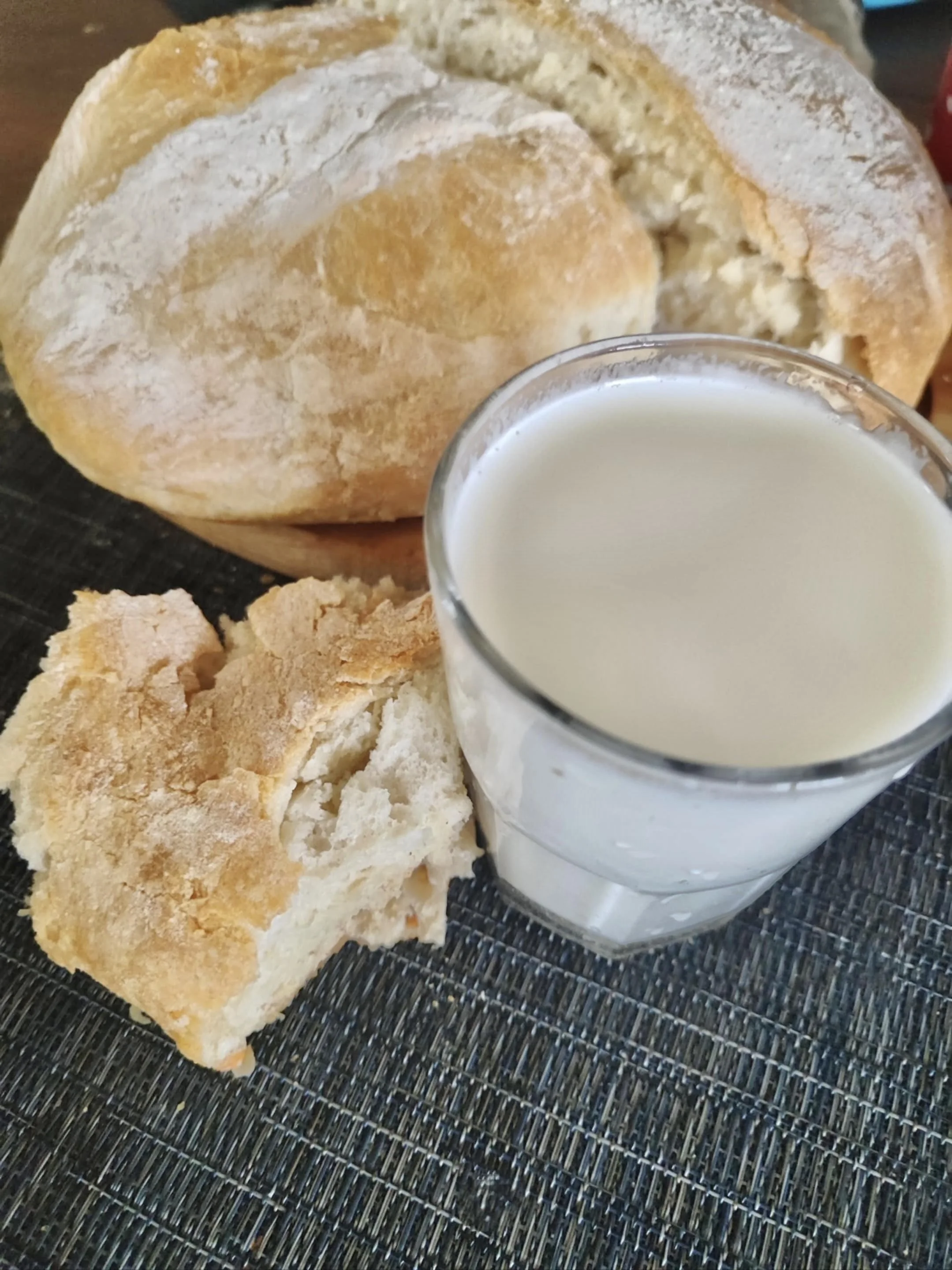Bread is the Head of Everything
“Bread in the field means wealth in the house. Bread in the hands means joy in the heart”
- Ukrainian Folk Proverb
In Ukraine, wheat ranks first among all the products found in our land and is a source of true national pride. The blue and yellow colours of our national flag symbolize the sky and fields of wheat and are indicators of the country’s fertility and wealth. Wheat grains have long been used to make bread, flour, and other products for the national cuisine. In our country wheat is called “National Gold,” and its image is used to symbolize national wealth because wheat is one of the country’s key resources. Ukraine’s harvest of this grain exceeds its domestic consumption, allowing it to successfully export grain to other countries. Ukraine is among the world’s top five exporters and remains an important guarantor of food security for many countries.
For our country, wheat is a symbol of prosperity, satiety, fertility, and life. The wheat symbol is used in folk art like hand-crafted embroidery. Embroidering ears of wheat onto clothing signifies a wish for well-being and prosperity for the wearer. Ears of wheat can also be seen in paintings by world-famous artists like French artist Jean-François Millet’s painting ”The Gleaners”, and the beautiful picture “Among the Ears of Wheat” by Italian artist Giuseppe de Nittis.
People have always treated bread with respect. Throwing away crumbs was considered bad behavior; they were eaten or given to birds and pets. In ancient times, if a slice of bread accidentally fell on the floor, it was picked up, kissed, and forgiven. People believed that in this way, bread would return to them and always be on their table. Even today, in prayer, people ask God not to deprive them of bread, the foundation of life. “Give us this day our daily bread.”
One of the long-standing traditions in Ukraine is to greet guests with bread and salt on an embroidered festive “rushnyk” (ornamental towel). This is a long-standing way to express hospitality, respect, and sincerity to the guest. Nowadays, bread and salt are offered to guests at special events and large family celebrations, such as housewarmings or anniversaries. As a sign of respect for the hosts, guests are required to break off a piece of bread, lightly dip it in salt, and taste it. The hostesses baked the bread themselves and in the past this bread was made in the oven found in the house. Traditional bread was baked with a natural leaven of rye or wheat flour and was incredibly tasty, aromatic, and healthy.
One of the most revered and popular baked goods in Ukraine is the Korovai (loaf). This large, fluffy loaf is decorated with pastry dough and no wedding is complete without a Korovai. It is believed to symbolize the union of two people and the birth of a new family, as well as the sun, happiness, and prosperity. Korovai is decorated with figurines of doves, ears of grain, flowers, branches with Viburnum berries, and rings, symbolizing fidelity, fertility, wealth, beauty, and family unity. There are many rituals and traditions associated with this festive bread. Rituals may vary from region to region, but they all share the same meaning: it wards off evil and blesses a happy life.
In ancient times, happily married women from both families were invited to bake wedding bread to demonstrate their desire to become related. In some regions, it was considered a good omen if the women’s offerings were evenly matched, so that the newlyweds would always be a couple. Korovai had to be plump and tall and it was believed that the larger the korovai, the greater the happiness of the couple. At the wedding, the newlyweds would first sample it, then divide it into portions and share it with relatives, friends, musicians, and everyone else present at the wedding celebration. It was considered bad luck if the karavai turned out cracked or unsightly, but it could not be remade.
When I was in school, my class often went on field trips to exhibitions or museums. One day, our teacher suggested we visit a bakery and watch the bakers make bread. The excursion was very interesting and was part of our introduction to the bakery profession,giving us a glimpse into what it’s like. Even today, many people don’t realize how hard people work to earn their living and how important this work is for each of us. Bakers go to work very early, while everyone is still asleep. And thanks to this, fresh, delicious bread is always waiting for us on the shelves in our stores. If you have bakers among your friends or acquaintances, thank them for their hard and rewarding work.
In Ukraine, there is an exclusive bakery called Good Bread where bread is baked by people with mental disabilities. It is so important that people who need support have the opportunity to work and feel part of society. For them, work is a place that gives them a sense of meaning, peace, and an opportunity for growth. Baking bread is also a unique and beneficial form of therapy, producing very good results and a better chance of recovery. The bakery operates thanks to charitable support, and anyone can contribute to this wonderful platform.
Bread evokes memories of my childhood. My grandmother always bought fresh bread from a small village store. It was medium-sized and shaped like our regular toast. This bread was soft on the inside and had a fragrant, crispy crust on the outside. The bread was always on the table, retaining its freshness for a long time and giving the house its wonderful aroma. I loved eating this bread with warm, fresh cow’s milk, which my grandmother brought from her cow. It was an incredible combination of the sweet taste of fresh milk and the crust of fresh wheat bread. I would confidently equate this dish with exquisite haute cuisine, because I have never encountered anything like it anywhere.
A few years ago, I tried my hand at baking bread. I kneaded the dough by hand and baked it in a regular oven, which I had in my kitchen. The bread turned out fluffy and delicious, and ever since then, I’ve been baking bread and making some kind of pâté to go with it, like chicken liver or egg and cheese. Stores now offer an incredible variety of bread-making products, including many different types of flour. Homemakers happily experiment and delight themselves and their families.
The basis of bread is always simple: flour, water, vegetable oil, salt, and yeast. I am increasingly convinced that you can create a true culinary masterpiece from simple ingredients that are always available in every home. Working with dough can also relieve stress and tension. I recommend mothers involve their children in this activity and help them make small buns, baguettes, and decorations. For children, shaping dough develops fine motor skills, coordination, self-expression, and is a fun way to spend time with your family. This is especially relevant during the cold season, when we want to spend more time at home and indulge in something healthy and enjoyable. Baking recipes and techniques are easily found online, and the best recipes are easy to share with friends.
My final word on this is that those simple, everyday things we take for granted play a huge role in our lives. In the modern world, something as trivial as bread can become a symbol of hard work, kindness, and compassion.


